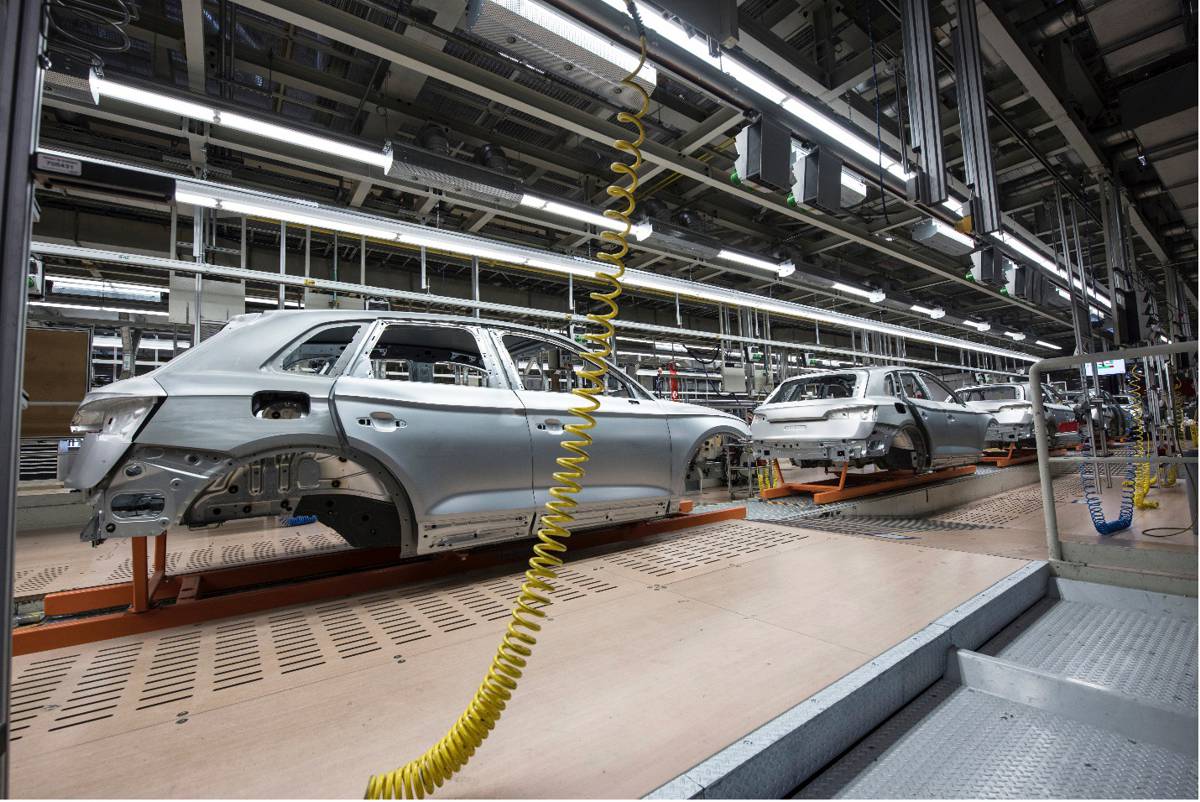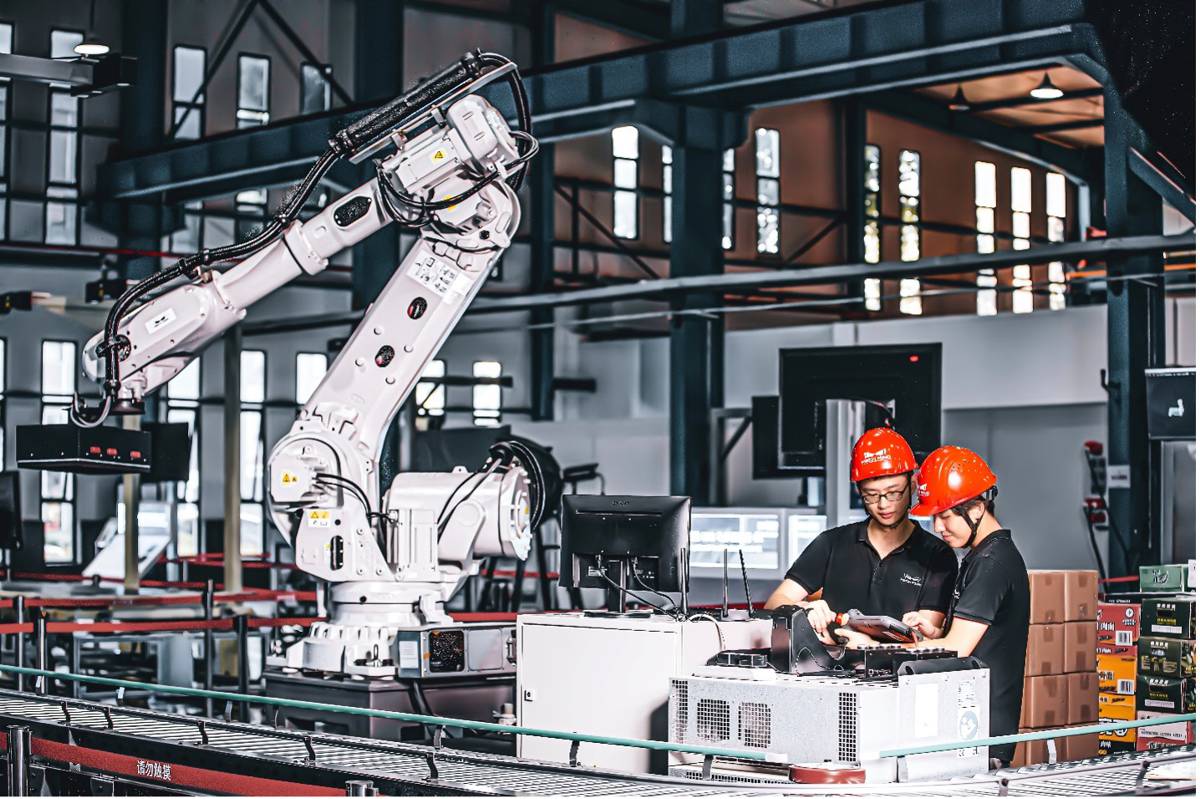Manufacturing Operations Management considerations to maximize efficiency
Manufacturing Operations Management’ (MOM) has become a huge part of ensuring firms can maximise the potential of their business, but ensuring it seamlessly integrates with your wider business can be a challenge.
No matter whether you run a local, national or global manufacturing business, ensuring maximum efficiency is reached is essential, and a MOM system plays an integral role in highlighting inefficiencies in the workflow.
Mike Bradford, Strategic Business Development Director at DELMIA, part of the Dassault Systèmes Group, takes a closer look at choosing the right MOM solution for you, and some of the major pitfalls to avoid when making your final decision.

Finding The Right MOM Solution for You
An effective MOM should offer flexibility in several aspects, one being the flexibility to configure it to your business needs. While out-of-the-box solution for applications like ERP and PLM can work for a lot of different companies, no two manufacturers operate in the same way on the shop floor. To ensure MOM is having the maximum impact on manufacturers, no matter how they work, there needs to be a huge amount of flexibility in the way your MOM solution can adapt to your application and use your intellectual property to its fullest potential.
To maximize this, you need to be able to have a lot of configuration capability within the solution. To address this, many companies will just write their own, although this can present a number of issues. When customizing applications heavily, you will hit a point where you can no longer implement upgrades. A good MOM solution is going to continue to grow and improve and change and add capabilities, so you want and need to be able to take advantage of that to its fullest potential. If you’re customizing an out-of-the-box solution, you’re locking yourself into something that may be great in the short term but will lose viability in the longer term.
Another consideration to have in mind when building your solution is ensuring that it can keep up with the very latest technology. MOM is a fast-moving industry, with consistent updates dropping on a regular basis, so your system needs to be ready to integrate with the latest updates and changes in the manufacturing industry. With so many updates likely to drop, there is a good chance your custom-built MOM may fail to integrate with some aspects of your overall workflow, which can cause bottlenecks and inevitably a loss of data. Working alongside a reputable MOM provider helps to alleviate any of those issues, allowing you to focus on streamlining your processes and being as efficient and profitable as possible.
It’s also worth noting that the breadth of the product should play a key role in the decision-making process. A solid MOM solution needs to include traditional production functionalities but also should include integrated Quality, Maintenance and Material Synchronization capabilities, as well as Time & Labour to track your workers. It’s also beneficial that the MOM solution you choose has extended capabilities that are key to your specific industry like just-in-sequence for the transportation mobility, industry and so forth.
The breadth of the product is extremely important as you don’t want to solve everything with standalone point solutions. If you do that, then the integration becomes overwhelming and can be very costly. To maintain all and integration between a bunch of different point solutions, a single broad solution is much more effective in the long run than buying multiple different point solutions.

Common Mistakes When Implementing a MOM Solution
Taking the advice in the last section into account, you can rest assured your business will have a MOM solution that is capable of maximizing efficiency, improving quality and minimizing inventory. Although it’s important to consider the complexity of MOM solutions and how mistakes can creep into the process of trying to implement too much of such complex solutions at one time.
A common mistake made by many manufacturers is purchasing various MES & point solutions for the shop floor that all need to work in tandem and effectively ‘talk to each other’. While many solutions are technically capable of communicating with each other, there are substantial costs to this. When you’re trying to marry up MES-only type solutions, a quality solution and a warehouse solution that are all different, the cost to ensure each system can efficiently communicate with the others can rise quickly.
As a general rule of thumb, you’ll find that it can cost up to $20,000 per plant, per year, to integrate two separate solutions effectively. This can quickly add up if you have various solutions for different parts of your manufacturing process. For this reason alone, if you’re looking to maintain efficiency and a high-quality MOM, but want to cut costs, a good place to start is by seeing if there is a solution that can cover all of your requirements in one system. Whilst this can be a relatively easy fix for a single plant, there’s a large number of businesses that require a system with national and even global capabilities.
Large multi-national companies will have a network of plants that need to share information and best practices quickly and effectively to ensure they’re uniformly streamlining their workflows. If a company that works across multiple sites works with multiple MES / MOM systems, problems and costs associated with communication and connections across systems can quickly arise. Business owners should be able to quickly shift between production plans to suit their business requirements at any time. Having one integrated MOM system across all global manufacturing facilities will allow for this, as you can quickly switch parts / production from one plant to another, across all plants, no matter where they’re located.
Investing in the right MOM for your business can be a daunting prospect, with so many variables to consider, it’s important that you always seek out expert advice. Start by considering what’s important to your business, some of the challenges you face and look to build a solution from there and you won’t go far wrong. It’s essential that you take the time to really consider the right solution for you, based on your products and workflow – by considering this from the outset of the process, you’ll save your business time and money as you’ll likely implement the right solution.




















